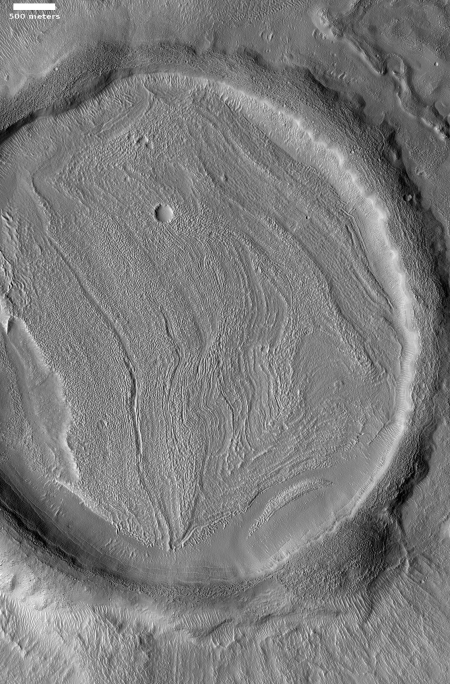The epidemic model that panicked the world was junk
A software engineer has done a careful fact-based analysis of the code that runs the computer model of now disgraced and fired Neil Ferguson of Imperial College in London — the computer model that had predicted millions would die in mere weeks from COVID-19 and thus triggered the worldwide panic over it — and found that it is buggy, unreliable, produces different results with the same data, and often does so for completely irrelevant factors (such as simply running it on different computers).
Hat tip Rand Simberg at Transterrestrial Musings.
The conclusion from this software engineer:
All papers based on this code should be retracted immediately. Imperial’s modelling efforts should be reset with a new team that isn’t under Professor Ferguson, and which has a commitment to replicable results with published code from day one.
On a personal level, I’d go further and suggest that all academic epidemiology be defunded. This sort of work is best done by the insurance sector. Insurers employ modellers and data scientists, but also employ managers whose job is to decide whether a model is accurate enough for real world usage and professional software engineers to ensure model software is properly tested, understandable and so on. Academic efforts don’t have these people, and the results speak for themselves.
The second paragraph applies equally to all computer modeling in the climate field, which has been repeatedly found to have similar problems.
Science should be based on data, from the field, not models predicting that data. Models have a minor use as a guide, but it is beyond dangerous to depend on them in any manner at all. Had our politicians relied on the available data when COVID-19 first started to spread, instead of these fake models, they would not have panicked, and would have instead done what they should have, focused on protecting the elderly and the sick, the only part of the population under serious threat.
Similarly, had the public and the press ignored these bad models and focused on that same data, they too would not have been frozen in fear, and would have demanded a more rational approach to the epidemic.
I know I have been repeating myself on this subject, but it must be driven home. The modelers are unreliable. The modelers are often driven by political agendas, not the facts. The modelers must not be relied upon for any long term policy.
Repeat this mantra to yourself, over and over again. It should sound a warning in your brain every time you read another article predicting doomsday from something, from global warming, from sea level rise, from the ozone hole, from some disease, from any crises these frauds want to latch onto.
A software engineer has done a careful fact-based analysis of the code that runs the computer model of now disgraced and fired Neil Ferguson of Imperial College in London — the computer model that had predicted millions would die in mere weeks from COVID-19 and thus triggered the worldwide panic over it — and found that it is buggy, unreliable, produces different results with the same data, and often does so for completely irrelevant factors (such as simply running it on different computers).
Hat tip Rand Simberg at Transterrestrial Musings.
The conclusion from this software engineer:
All papers based on this code should be retracted immediately. Imperial’s modelling efforts should be reset with a new team that isn’t under Professor Ferguson, and which has a commitment to replicable results with published code from day one.
On a personal level, I’d go further and suggest that all academic epidemiology be defunded. This sort of work is best done by the insurance sector. Insurers employ modellers and data scientists, but also employ managers whose job is to decide whether a model is accurate enough for real world usage and professional software engineers to ensure model software is properly tested, understandable and so on. Academic efforts don’t have these people, and the results speak for themselves.
The second paragraph applies equally to all computer modeling in the climate field, which has been repeatedly found to have similar problems.
Science should be based on data, from the field, not models predicting that data. Models have a minor use as a guide, but it is beyond dangerous to depend on them in any manner at all. Had our politicians relied on the available data when COVID-19 first started to spread, instead of these fake models, they would not have panicked, and would have instead done what they should have, focused on protecting the elderly and the sick, the only part of the population under serious threat.
Similarly, had the public and the press ignored these bad models and focused on that same data, they too would not have been frozen in fear, and would have demanded a more rational approach to the epidemic.
I know I have been repeating myself on this subject, but it must be driven home. The modelers are unreliable. The modelers are often driven by political agendas, not the facts. The modelers must not be relied upon for any long term policy.
Repeat this mantra to yourself, over and over again. It should sound a warning in your brain every time you read another article predicting doomsday from something, from global warming, from sea level rise, from the ozone hole, from some disease, from any crises these frauds want to latch onto.





